Business Hours: Monday - Friday: 9 AM - 6 PM EST
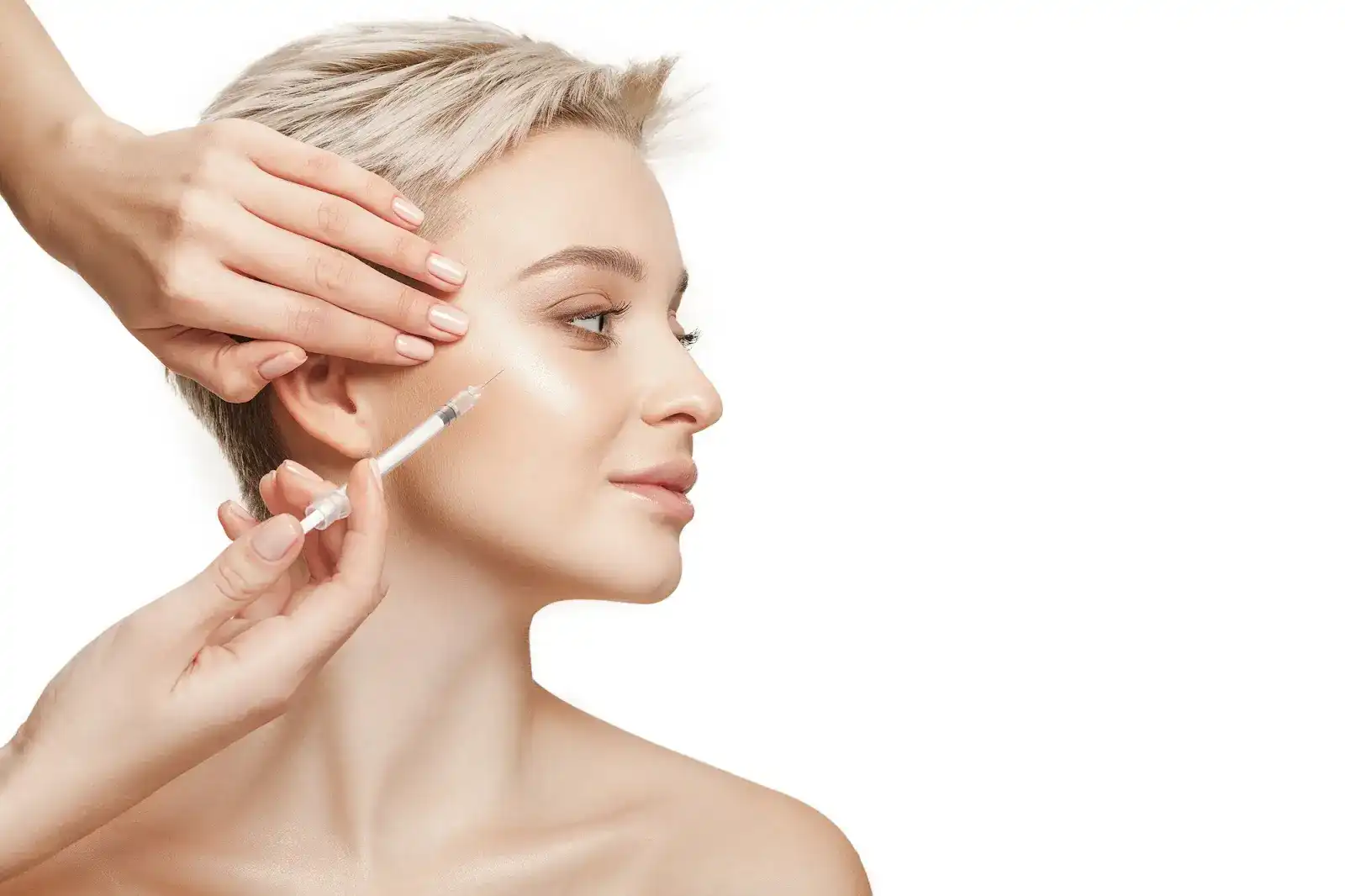
Intraline Filler Side Effects: A Complete List
David Fuller
Last Updated On: March 25, 2025
Dermal fillers have become a popular choice for enhancing facial features and combating signs of aging. According to a 2024 review, complications from dermal fillers are rare but can include mild reactions like swelling and bruising, as well as more serious risks such as vascular occlusion and granuloma formation. Knowing these potential side effects is important for both patients and practitioners to ensure the safest and most effective outcomes.
Intraline is one such dermal filler, known for its advanced hyaluronic acid formulation, ideal for facial contouring and rejuvenation. While it’s widely used by aesthetic professionals, understanding the possible side effects of Intraline fillers is essential for safe and effective treatment.
In this article, we’ll dive into the complete list of potential Intraline filler side effects, from common reactions to rare complications, along with expert recommendations to ensure a safe experience.
Key Takeaways
- Most patients experience mild, temporary side effects like redness, swelling, bruising, tenderness, lump formation, and itching, typically resolving within a few days.
- Serious complications, while uncommon, can occur and include vascular occlusion, infection, allergic reactions, delayed-onset nodules, and migration or asymmetry of the filler.
- Proper aftercare, such as applying ice packs, staying hydrated, and avoiding strenuous activities, can help minimize side effects and promote healing.
- Choosing a qualified injector with expertise in Intraline fillers is crucial for ensuring proper technique and safety, as well as achieving natural-looking results.
- Intraline fillers provide similar safety profiles to other hyaluronic acid (HA) fillers but offer distinct advantages regarding formulation and longevity.
- Educating patients about potential risks and aftercare instructions is essential for a safe and satisfying treatment experience.
- Patients should remain informed and proactive about their treatment to best address any concerns and achieve optimal results.
About: Operating since 2016, Med Supply Solutions is known for being one of the industry’s top and trusted suppliers of cosmetic and viscosupplementation products. If you’re looking to buy Intraline fillers online, contact our sales department for more information.
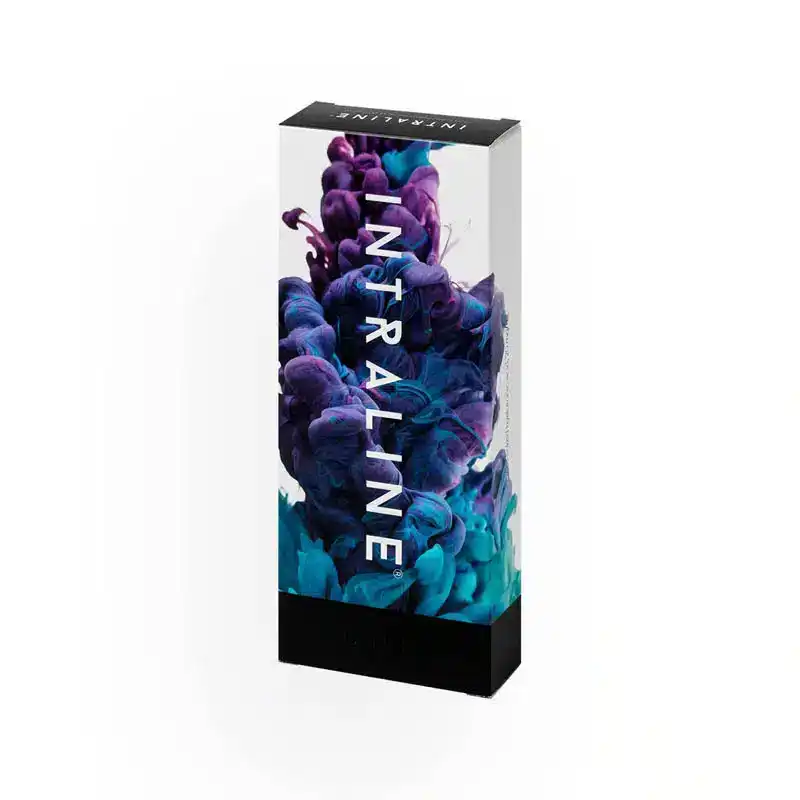
INTRALINE® ONE
Hyaluronic acid
$79.00
Tier pricing
Save 12.66%
3 or more
$69.00 each
Save 18.99%
11 or more
$64.00 each
Save 25.32%
21 or more
$59.00 each
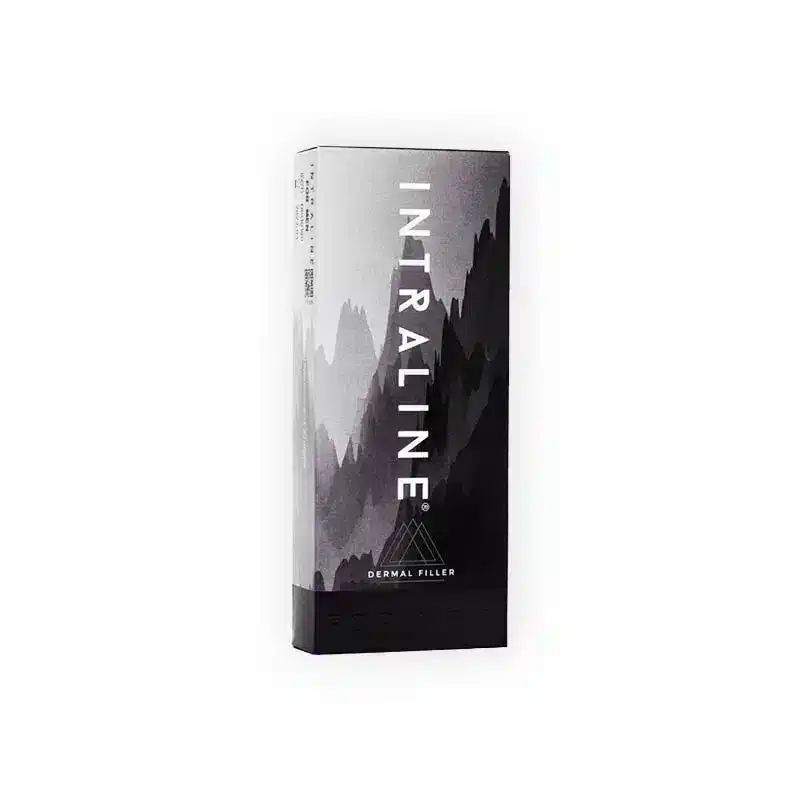
INTRALINE® FOR MEN
Hyaluronic acid
$79.00
Tier pricing
Save 12.66%
3 or more
$69.00 each
Save 18.99%
11 or more
$64.00 each
Save 25.32%
21 or more
$59.00 each
Common Mild Side Effects
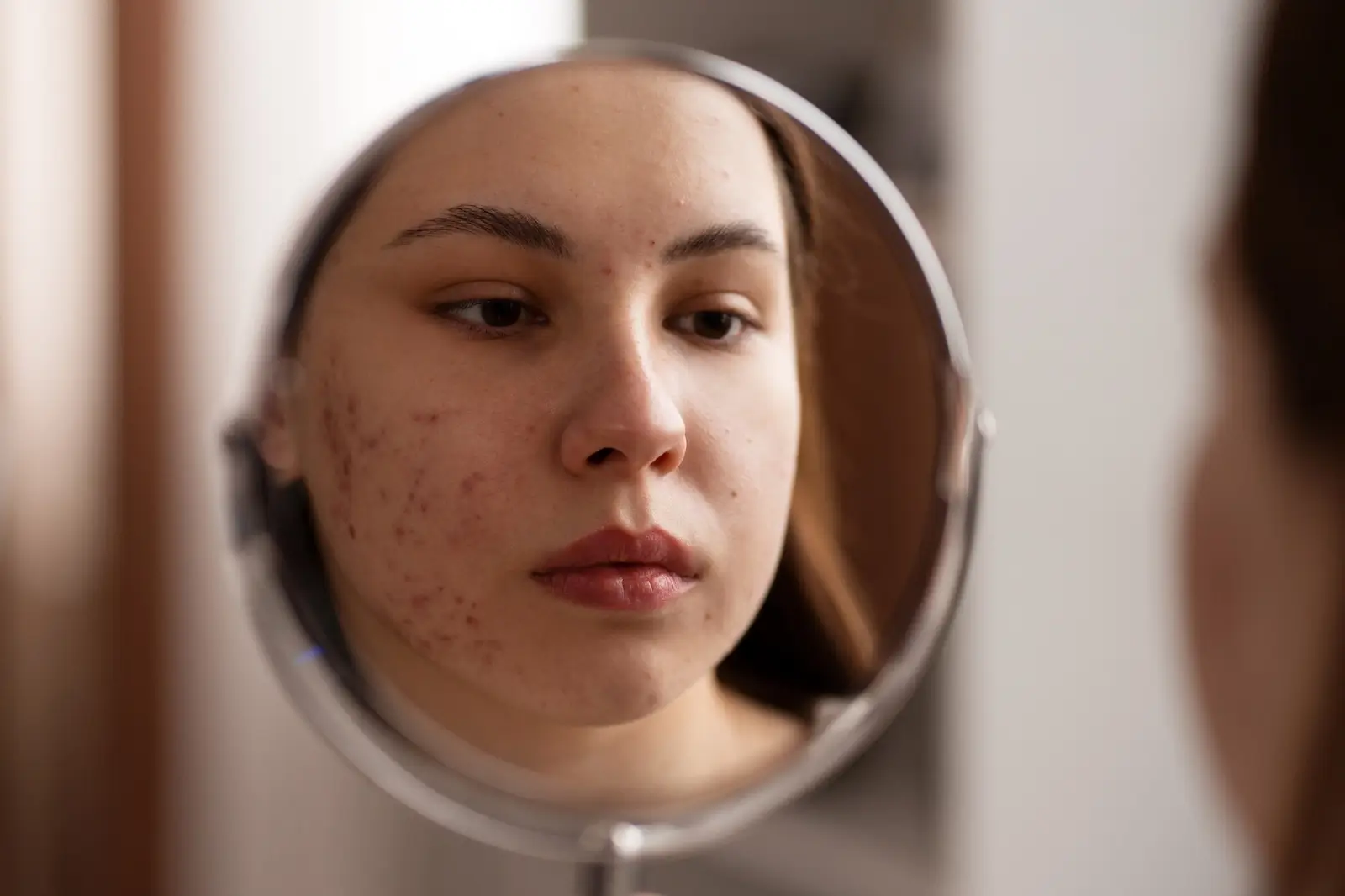
For most patients, Intraline filler injections result in mild, temporary side effects that generally fade within a few days. These reactions are a normal part of the body’s healing process.
Typical Mild Reactions
- Redness and Swelling: The treated area may show mild redness or slight swelling within the first 24–48 hours following the injection.
- Bruising: Some bruising can occur, especially in more delicate areas like the lips, due to the proximity to small blood vessels.
- Tenderness or Discomfort: A light soreness may develop at the injection site but usually fades quickly.
- Lump Formation: Small lumps or irregular textures may form initially, but these typically smooth out as the filler settles into the tissue.
- Itching: A mild itch at the injection site may occur in some cases, usually resolving on its own.
These side effects are generally short-lived and don’t require medical treatment. Applying a cold compress and avoiding excessive facial movements can help ease discomfort.
Rare but Serious Complications
Though rare, some patients may experience more serious complications after Intraline filler treatment. These issues require prompt medical attention to prevent lasting damage.
Potential Serious Side Effects
- Vascular Occlusion: If the filler is mistakenly injected into a blood vessel, it may block blood flow, leading to tissue damage. Symptoms include severe pain, discoloration, and a cold sensation in the skin.
- Infection: Although uncommon, bacterial infections can occur at the injection site, causing redness, swelling, and pus formation.
- Allergic Reactions: Some individuals may have an allergic response to the components of the filler, leading to prolonged swelling, itching, or in severe cases, difficulty breathing.
- Delayed-Onset Nodules: Hard lumps may form weeks or months after the treatment, caused by an inflammatory response. These require evaluation by a healthcare professional.
- Migration or Asymmetry: If the filler is not injected correctly, it may shift or result in uneven results, which might require adjustments.
While these risks are rare, they emphasize the importance of choosing a qualified injector with expertise in Intraline filler before and after results to ensure proper placement and safety.
Expert Guidance on Managing Adverse Effects
Following proper aftercare and seeking early medical advice can significantly reduce the impact of side effects. Patients are encouraged to follow post-treatment guidelines to optimize healing and reduce any risks.
Tips for Managing Side Effects
- Apply ice packs to reduce swelling and bruising.
- Avoid touching or massaging the area unless instructed by the injector.
- Stay hydrated to support hyaluronic acid integration into the skin.
- Refrain from strenuous activities for 24–48 hours post-treatment.
- Consult a doctor immediately if experiencing persistent pain, skin discoloration, or signs of infection.
A skilled injector will also provide personalized advice on minimizing risks and achieving natural, beautiful results.
Comparison with Other Dermal Fillers
Intraline fillers offer similar safety profiles to other HA-based fillers but have distinct advantages in formulation and longevity. Comparing Intraline to other fillers helps patients determine the best option for their needs.
| Feature | Intraline Filler | Other HA Fillers (e.g., Juvederm, Restylane) |
| Longevity | 6–12 months | 6–18 months |
| Texture | Smooth consistency | Varies by brand |
| Side Effects | Minimal when properly administered | Similar risk profile |
| Customization | Multiple product variants | Wide range of options |
| Risk of Migration | Low with proper technique | Varies based on injection depth |
The choice between Intraline and other fillers depends on individual goals, injector expertise, and personal preferences.
Patient Education and Preventative Measures
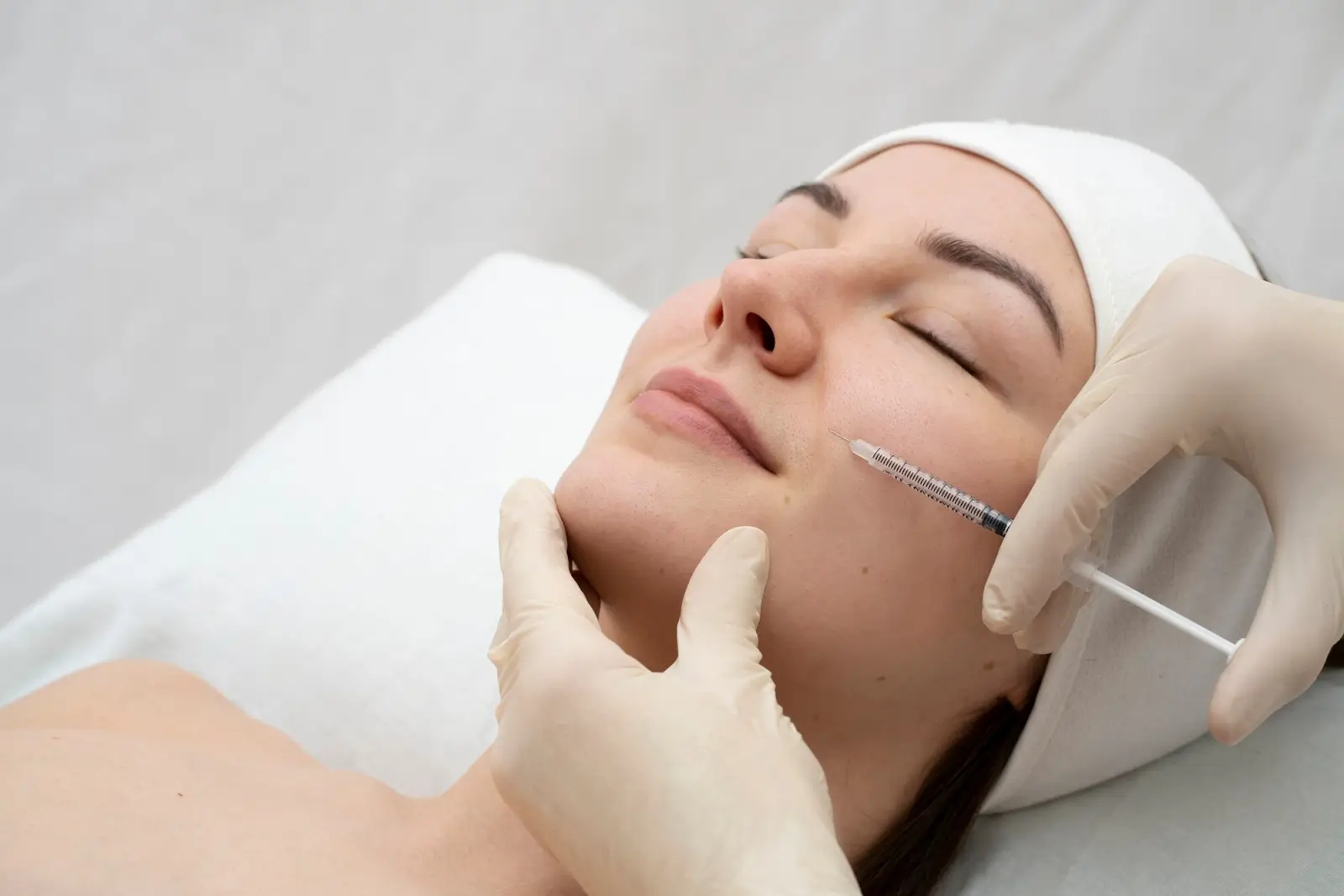
Educating patients about the potential risks and preventive measures is key to ensuring a safer, more satisfying treatment experience. Selecting an experienced injector with a deep understanding of facial anatomy and correct filler placement can significantly reduce the risk of complications. It’s also crucial for patients to share their complete medical history to identify any contraindications and minimize risks.
Adhering to aftercare instructions is essential in preventing common issues such as swelling, bruising, and infection
Conclusion
Although Intraline filler side effects are typically mild, serious complications can arise if proper technique and aftercare are not followed. To ensure a safe and successful experience, it’s essential to choose a skilled injector, fully understand potential risks, and adhere to post-treatment guidelines.
Patients can achieve the best possible results by staying informed and proactive and enjoy a smooth aesthetic journey.
FAQs
1. How long do Intraline filler side effects last?
Most mild side effects, such as swelling and redness, resolve within 24–48 hours. Bruising may last up to a week. Serious complications, though rare, require medical intervention and may take longer to resolve.
2. Can I prevent bruising after Intraline filler injections?
Yes, avoiding alcohol, blood thinners, and strenuous activities before and after the procedure can help minimize bruising. Applying a cold compress immediately after treatment also reduces swelling.
3. Are Intraline fillers safe for all skin types?
Yes, Intraline fillers are generally safe for all skin types. However, patients with allergies, autoimmune conditions, or a history of severe reactions should consult their doctor before treatment.
4. What should I do if I experience severe pain after an Intraline filler injection?
Severe pain, skin discoloration, or persistent swelling may indicate a complication such as vascular occlusion. Contact your injector or seek medical attention immediately.
References
Hong GW, Hu H, Chang K, et al. Review of the Adverse Effects Associated with Dermal Filler Treatments: Part I Nodules, Granuloma, and Migration. Diagnostics. 2024;14(15):1640. doi:10.3390/diagnostics14151640
Carruthers A, Carruthers J, Hardas B, et al. Safety and Efficacy of Hyaluronic Acid Fillers in Aesthetic Medicine. Aesthetic Surgery Journal. 2024;44(5):537-545. Accessed March 20, 2025. https://academic.oup.com/asj/article/44/5/537/7456445#google_vignette.
Products
Cart
Log In
Newsletter
Subscribe for exclusive offers and updates on new arrivals
Share feedback at:
Working Hours
Monday to Friday: 9 AM to 6 PM EST
The Most Popular Brands
Med Supply Solutions
Support
Copyright 2025. Med Supply Solutions